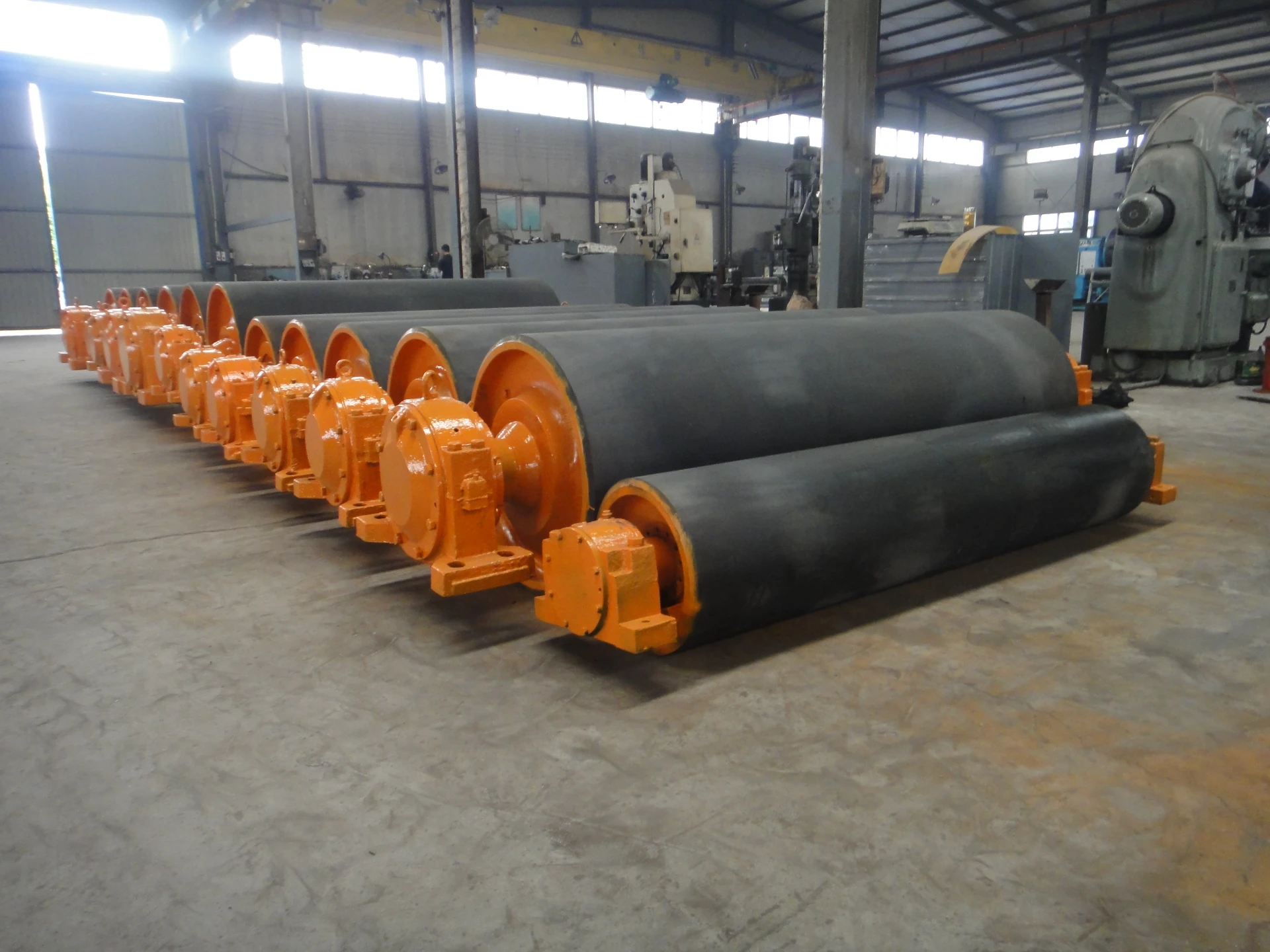 Afrikaans
Afrikaans  Albanian
Albanian  Amharic
Amharic  Arabic
Arabic  Armenian
Armenian  Azerbaijani
Azerbaijani  Basque
Basque  Belarusian
Belarusian  Bengali
Bengali  Bosnian
Bosnian  Bulgarian
Bulgarian  Catalan
Catalan  Cebuano
Cebuano  Corsican
Corsican  Croatian
Croatian  Czech
Czech  Danish
Danish  Dutch
Dutch  English
English  Esperanto
Esperanto  Estonian
Estonian  Finnish
Finnish  French
French  Frisian
Frisian  Galician
Galician  Georgian
Georgian  German
German  Greek
Greek  Gujarati
Gujarati  Haitian Creole
Haitian Creole  hausa
hausa  hawaiian
hawaiian  Hebrew
Hebrew  Hindi
Hindi  Miao
Miao  Hungarian
Hungarian  Icelandic
Icelandic  igbo
igbo  Indonesian
Indonesian  irish
irish  Italian
Italian  Japanese
Japanese  Javanese
Javanese  Kannada
Kannada  kazakh
kazakh  Khmer
Khmer  Rwandese
Rwandese  Korean
Korean  Kurdish
Kurdish  Kyrgyz
Kyrgyz  Lao
Lao  Latin
Latin  Latvian
Latvian  Lithuanian
Lithuanian  Luxembourgish
Luxembourgish  Macedonian
Macedonian  Malgashi
Malgashi  Malay
Malay  Malayalam
Malayalam  Maltese
Maltese  Maori
Maori  Marathi
Marathi  Mongolian
Mongolian  Myanmar
Myanmar  Nepali
Nepali  Norwegian
Norwegian  Norwegian
Norwegian  Occitan
Occitan  Pashto
Pashto  Persian
Persian  Polish
Polish  Portuguese
Portuguese  Punjabi
Punjabi  Romanian
Romanian  Russian
Russian  Samoan
Samoan  Scottish Gaelic
Scottish Gaelic  Serbian
Serbian  Sesotho
Sesotho  Shona
Shona  Sindhi
Sindhi  Sinhala
Sinhala  Slovak
Slovak  Slovenian
Slovenian  Somali
Somali  Spanish
Spanish  Sundanese
Sundanese  Swahili
Swahili  Swedish
Swedish  Tagalog
Tagalog  Tajik
Tajik  Tamil
Tamil  Tatar
Tatar  Telugu
Telugu  Thai
Thai  Turkish
Turkish  Turkmen
Turkmen  Ukrainian
Ukrainian  Urdu
Urdu  Uighur
Uighur  Uzbek
Uzbek  Vietnamese
Vietnamese  Welsh
Welsh  Bantu
Bantu  Yiddish
Yiddish  Yoruba
Yoruba  Zulu
Zulu Rubber Lagging Solutions for Enhanced Equipment Performance and Durability
Rubber lagging is an important component in various industrial applications, particularly in the mining, construction, and manufacturing sectors. It refers to the process of applying a layer of rubber to the surface of rollers, conveyor belts, or equipment to enhance performance and protect against wear and tear. This technique is vital for prolonging the lifespan of machinery and ensuring operational efficiency.
One of the primary benefits of rubber lagging is its ability to provide superior grip and traction. In environments where products are transported over conveyor belts, the addition of rubber lagging helps to reduce slippage, which can cause delays and increase operational costs. The increased friction allows materials to move smoothly and efficiently, thereby enhancing productivity.
Furthermore, rubber lagging acts as a protective barrier against environmental damage. Machinery is often subjected to harsh conditions, including extreme temperatures, moisture, and abrasive materials. By applying a rubber layer, the underlying metal surfaces are safeguarded from corrosion, oxidation, and physical abrasion. This protection is crucial, particularly in industries like mining, where equipment is frequently exposed to dust and debris.
rubber lagging

Another significant advantage of rubber lagging is its impact on noise reduction
. Many industrial operations involve heavy machinery that can produce substantial noise levels. Rubber effectively dampens vibrations and absorbs sound, contributing to a quieter working environment. This not only promotes a more comfortable atmosphere for workers but also helps companies comply with environmental noise regulations.Maintenance is another area where rubber lagging shines. Routine inspections and maintenance become easier when equipment is protected by rubber coatings. Signs of wear are more easily identifiable, and the need for repairs is reduced, saving both time and money.
In conclusion, rubber lagging plays a critical role in enhancing the performance, durability, and efficiency of industrial machinery. Its ability to provide traction, protect against environmental factors, reduce noise, and simplify maintenance makes it an invaluable addition to various applications. As industries continue to seek ways to optimize production and reduce costs, the importance of rubber lagging will undoubtedly grow, cementing its place as a vital component of modern industrial practices.
-
Revolutionizing Conveyor Reliability with Advanced Rubber Lagging PulleysNewsJul.22,2025
-
Powering Precision and Durability with Expert Manufacturers of Conveyor ComponentsNewsJul.22,2025
-
Optimizing Conveyor Systems with Advanced Conveyor AccessoriesNewsJul.22,2025
-
Maximize Conveyor Efficiency with Quality Conveyor Idler PulleysNewsJul.22,2025
-
Future-Proof Your Conveyor System with High-Performance Polyurethane RollerNewsJul.22,2025
-
Driving Efficiency Forward with Quality Idlers and RollersNewsJul.22,2025





























